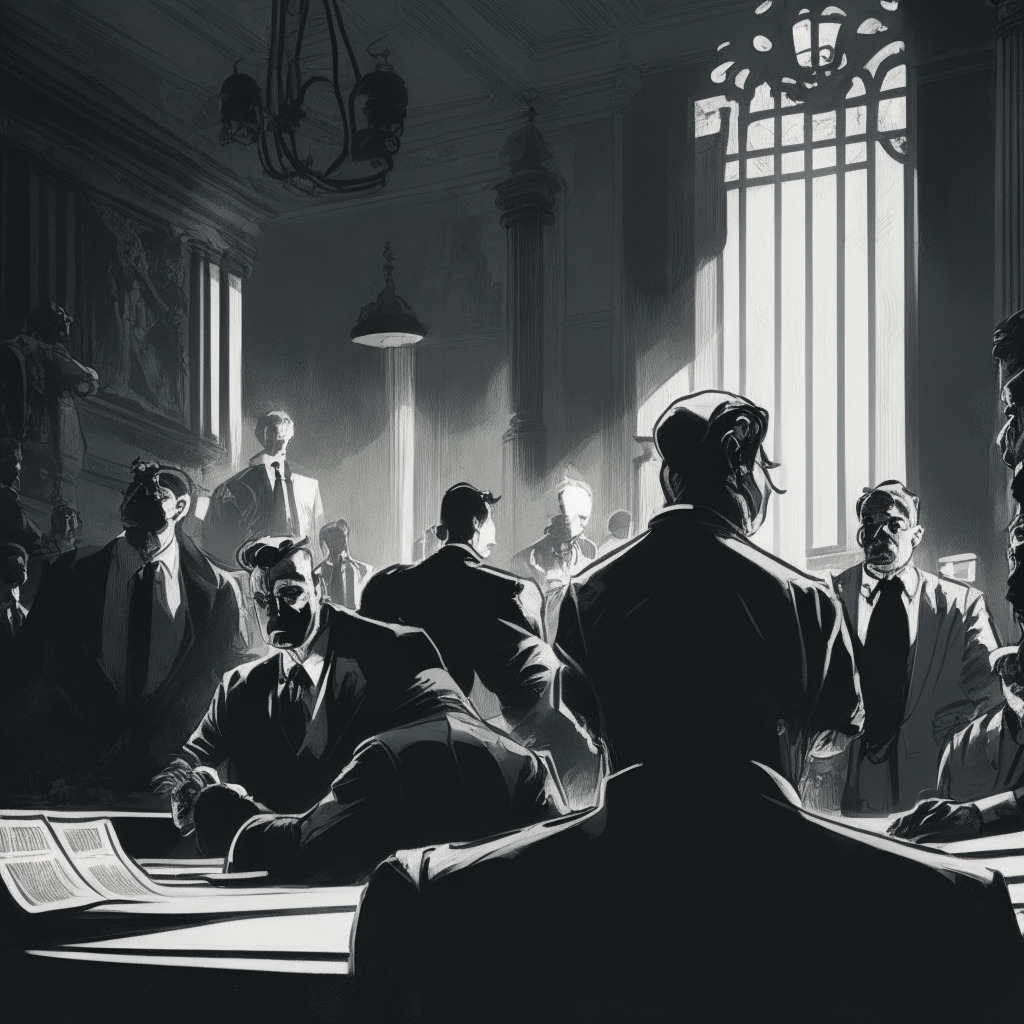As the U.S. banking system navigates an ongoing crisis, Kansas Heartland Tri-State Bank made headlines as the latest institution to seal its doors, leaving the Federal Deposit Insurance Corporation (FDIC) at the helm. In the aftermath of this decision, Heartland Tri-State Bank’s branches are set to transition into Dream First Bank outlets, a move confirmed in an FDIC statement.
Over the past week, this bank collapse adds to an alarming trend in the domestic banking industry, following the recent merger of PacWest and Banc of California, both attempting to surge against the troubling currents in the industry.
The disruption in the banking sector is attributed to a mixture of rising U.S. interest rates and inadequate risk management by financial institutions. Fed efforts to restrain inflation, reflected in this year’s peak interest rate of over 5.25%, its highest since 2007, seem to be compounding the impact on these banks.
Heartland Tri-State Bank’s financial standing before its collapse, reflected in the total assets and deposits of approximately $139 and $130 million respectively, gets absorbed into Dream First Bank, which also agreed to acquire the remaining bank’s items. The FDIC approximates a $54.2 million drain on the nation’s Deposit Insurance Fund (DIF) due to this recent crisis.
Despite the mirroring mishaps at Silicon Valley Bank, Signature Bank, and First Republic Bank, policies preventing further rollbacks in the banking sector have been a hot topic within the House Financial Services Committee. These discussions resulted in the introduction of what the Democrats describe as the “first wave” of bank safety legislation.
While the effects of Heartland Tri-State Bank’s downfall continue to ripple throughout the industry, some argue that these incidents are a stark reminder of the need for improved banking system safety measures and bank executive accountability. Time will tell if these nudges toward regulation will yield the desired stability, or if these measures are simply an oar against the powerful wave of a worsening banking crisis.
Source: Cointelegraph




